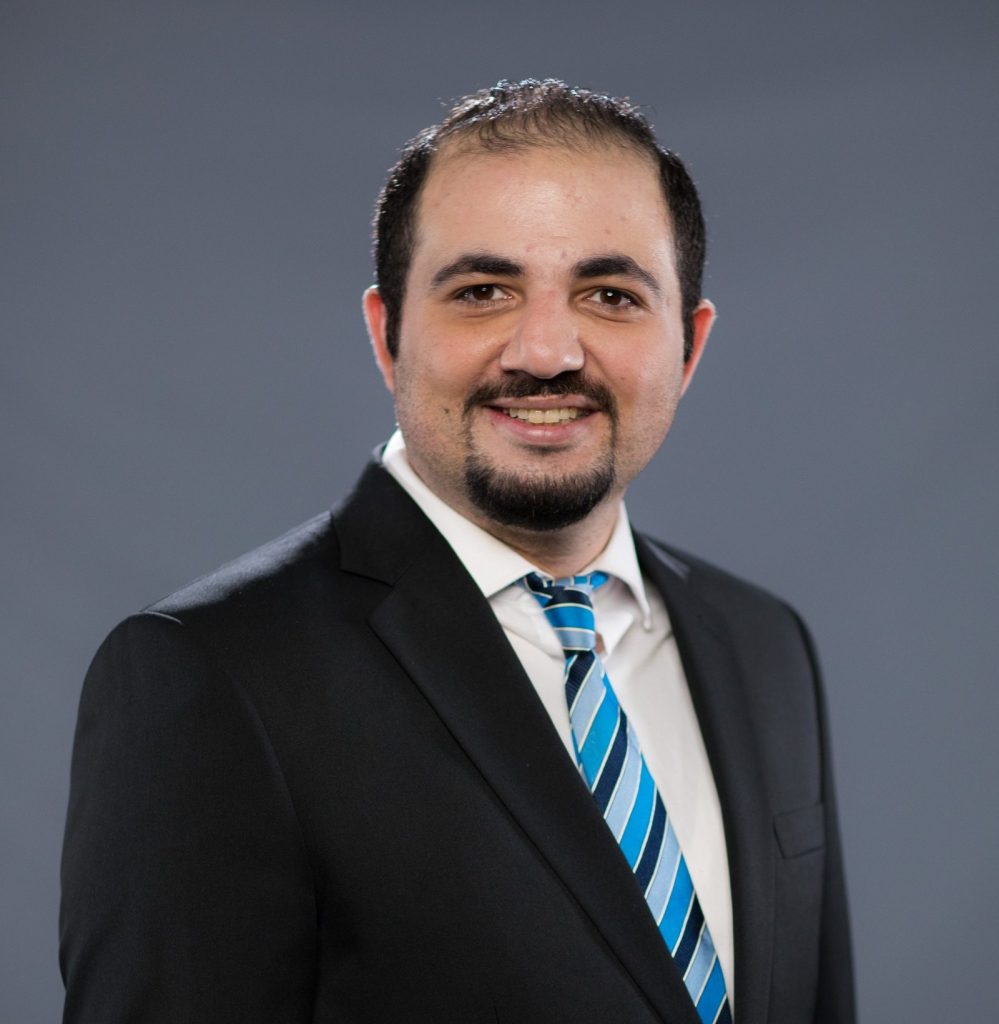IFEEC2023 is pleased to offer 3 tutorial sessions. The tutorials will run on the morning of the first day of the conference prior to the opening ceremony. Attendance at the tutorials is included in the registration fee.
Virtual Machine Model and Grid Forming

Dr. Po-Hsu Huang
Tesla Energy USA
Biography
Po-Hsu Huang received his PhD degree in EECS Department at Massachusetts Institute of Technology, USA, in 2019. He joined Tesla after graduation and is current working as a Senior Staff Controls Engineer at Tesla Energy. His current focuses include Advanced Power Electronics Controls, Microgrids, and Power System Dynamics.

Wencheng Huang
Tesla Energy USA
Biography
Wen-Cheng Huang is the Power System Engineer at Tesla. Before he joined Tesla, he worked in ElectraNet and AEMO for around 10 years. With a keen understanding of the technical and regulatory requirements of generation connection, Wen-Cheng has played a pivotal role in assisting the Australian electricity network in achieving its renewable energy goals. As a staff engineer at Tesla, he has contributed to several high-profile projects, including the Hornsdale Power Reserve and the Victorian Big Battery. Through his work, he is committed to creating innovative solutions that enable a cleaner, more sustainable energy future.

Tom Neilson
Tesla Energy
Biography
Tom is a project engineer at Tesla involved in the design, construction, commissioning and grid compliance testing of utility-scale battery systems.
Abstract
As more wind and solar power replace fossil fuel generation, less mechanical inertia is available on the grid, removing a natural stability buffer in the case of a grid disturbance. Tesla’s Virtual Machine Mode is designed to address these stability challenges by virtually emulating mechanical inertia. Megapack’s built-in inverters with Virtual Machine Mode (VMM) create grid-forming dynamics that provide grid strength, respond to added and rejected loads and maintain quality voltage at the point of interconnection.
In this tutorial, we will discuss about Tesla’s experience in developing Virtual Machine Mode. We intend to cover system controls and operations, power system stability enhancement, and project design experience.
Differential Power Processing for Eliminating Partial Shading Losses in Solar PV Systems

A/Prof. Yousef Mahmoud
Kennesaw State University, USA
Biography
Yousef Mahmoud (Senior Member, IEEE) is currently an Associate Professor at Kennesaw State University, GA, USA. He earned his Ph.D. degree in electrical and computer engineering from the University of Waterloo, Canada, in 2016. His research interests encompass solar photovoltaic systems, with a focus on modeling, efficiency optimization, power electronics, control, protection, and fault diagnosis.
Dr. Mahmoud serves as an Associate Editor for both the IEEE Transactions on Energy Conversion Journal and the IEEE Power Engineering Letters since 2021. He has earned recognition as a Star Reviewer of the IEEE Transactions on Energy Conversion and received the Best Paper Award at the IEEE International Renewable Energy Congress in 2017. Furthermore, Dr. Mahmoud is the holder of a sole-inventor US patent and has been included in the list of the World’s Top 2% Scientists released by Stanford University. He is a full member of both IEEE-Eta Kappa Nu (IEEE-HKN) and Sigma Xi, as of 2021.
In addition to his academic achievements, Dr. Mahmoud has actively contributed to several IEEE conferences, including his roles as an international committee member and associate editor for the IEEE International Renewable Energy Congress.
Abstract
Partial shading stands as one of the primary culprits behind substantial power losses in solar PV systems, potentially resulting in a reduction of available power by more than 30%. This tutorial will delve into the concept, operational challenges, and recent advancements of one particularly promising and emerging solution to counteract the power losses attributed to partial shading—known as differential power processing (DPP) converters. DPP converters have the potential to revolutionize solar PV systems by reducing inclusion power losses and minimizing converter size.
The tutorial will also discuss the challenges hindering DPP converter growth and introduce promising solutions to enhance their performance. It covers coupling problems when operating multiple DPP converters and explores model-based approaches as potential solutions. This tutorial offers insights for students, engineers, academics, researchers, industry professionals, and entrepreneurs interested in the future of solar technology and the role of differential power processing converters.
Electromagnetic Interference and Compatibility for Power Electronics Engineers

Professor Graham Town
School of Engineering, Macquarie University, Australia
Biography
Graham Town is an electrical engineer with 8 years experience in the Australian electronics industry and over 30 years of distinguished contributions to engineering education and research. He was awarded a BE (Hons 1) from NSWIT (now UTS) in 1984, a PhD from the University of Sydney in 1992, and a Graduate Certificate in Leadership and Management (Higher Education) from Macquarie University in 2007. He established the undergraduate engineering program at Macquarie University, offered since 2004, where he is now an Emeritus Professor.
Professor Town has published extensively in diverse areas including NMR imaging, guided-wave optics and photonics, THz technology and applications, engineering education, power electronics, and e-transport. Prior to retirement in 2019 he led industry-supported research projects on power electronics for compact and efficient power conversion, and smart-grids with a focus on electric vehicle integration and management. He remains active in local and international interdisciplinary research collaborations, consulting, service to local and international professional engineering organisations, and STEM outreach to schools.
Professor Town is a Chartered Professional Engineer (Telecommunications, Electrical, Leadership), a Senior Member of the IEEE, a Fellow of the Institution of Engineers Australia, and a Fellow of the Royal Society of NSW.
Abstract
The increasing use of high speed power electronics in electrical power conversion and control is also increasing the potential for electromagnetic interference (EMI) with the operation of other electronic equipment. EMI is often difficult to diagnose yet can have serious consequences, especially for wireless systems used for sensing, communication and control of infrastructure, e.g. as in “smart grids”. Consequently it is important for power electronics engineers to understand how and why EMI occurs, and methods for minimizing its impact.
Topics covered in this tutorial include: sources of EMI (electronic switching, electrical transients, etc.) characteristics of EMI generated by power electronic circuits (temporal and spectral properties, etc.), fundamentals of coupling mechanisms (conduction, induction, propagation) by which sources of EMI may interfere with the operation of electronic equipment, EMI standards and measurements, and practical strategies and techniques to minimise EMI and/or its impact on other electronic circuits, i.e. to maximise electromagnetic compatibility (EMC).
